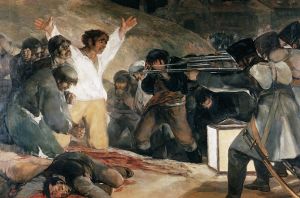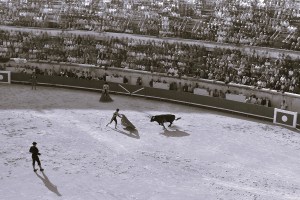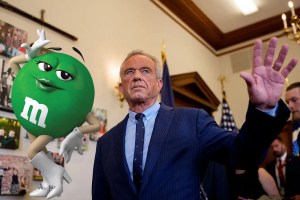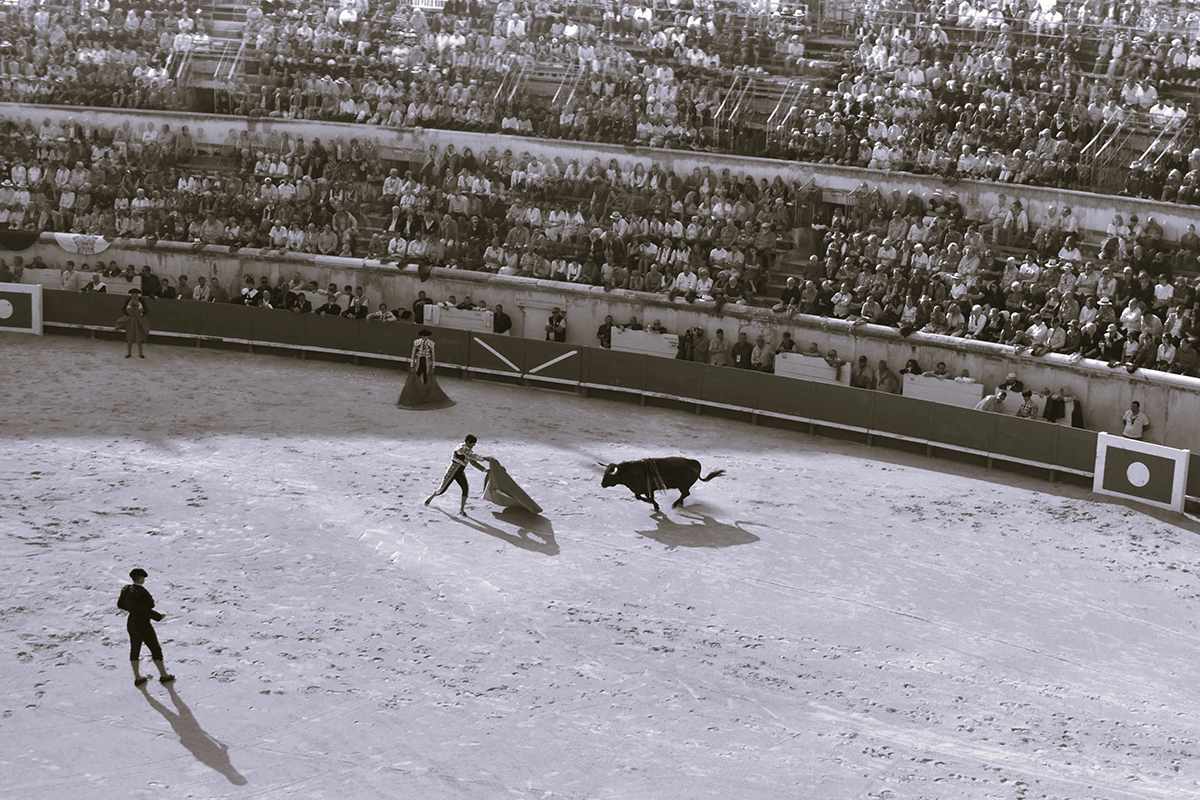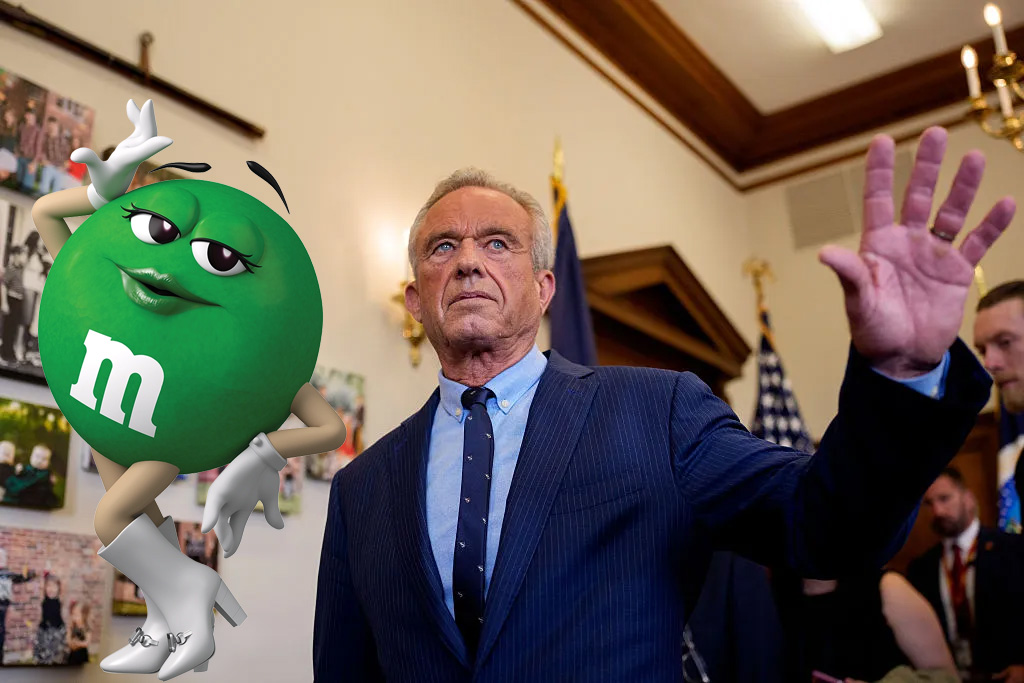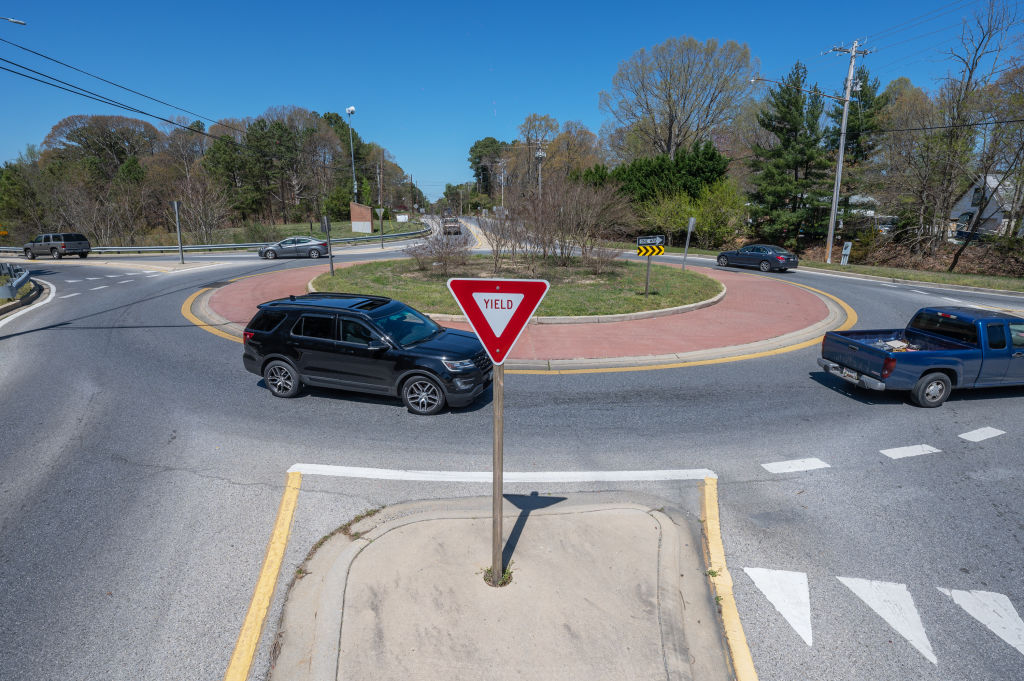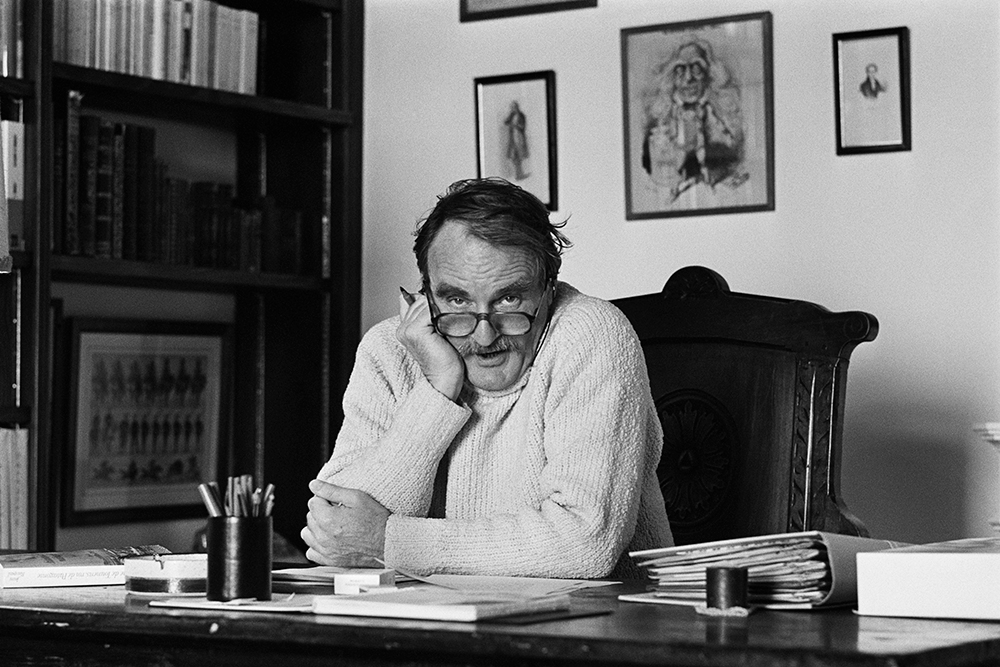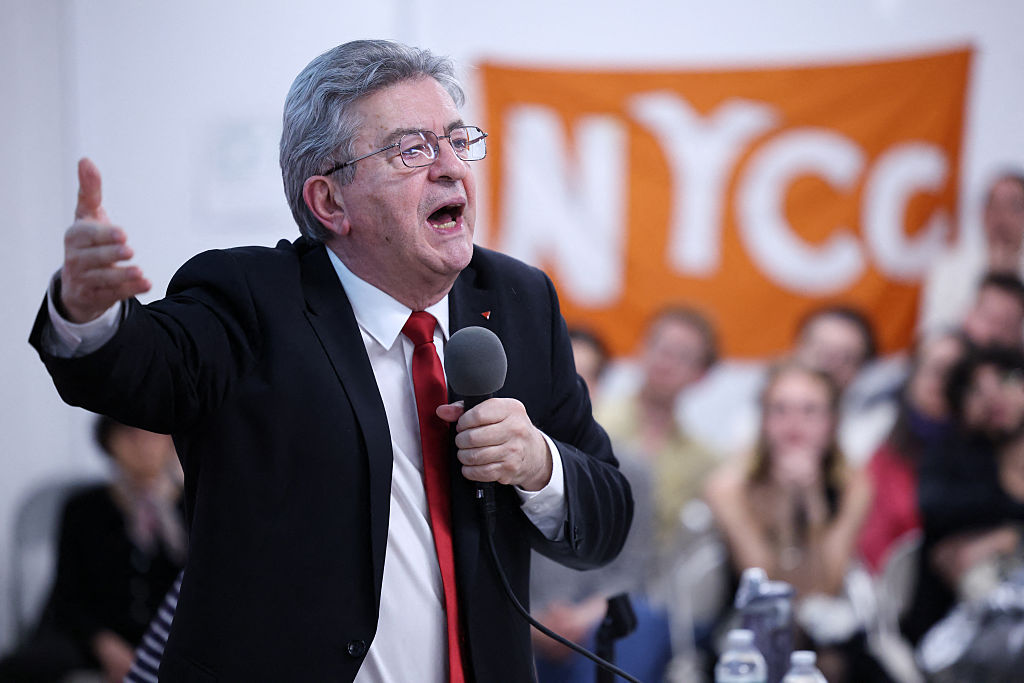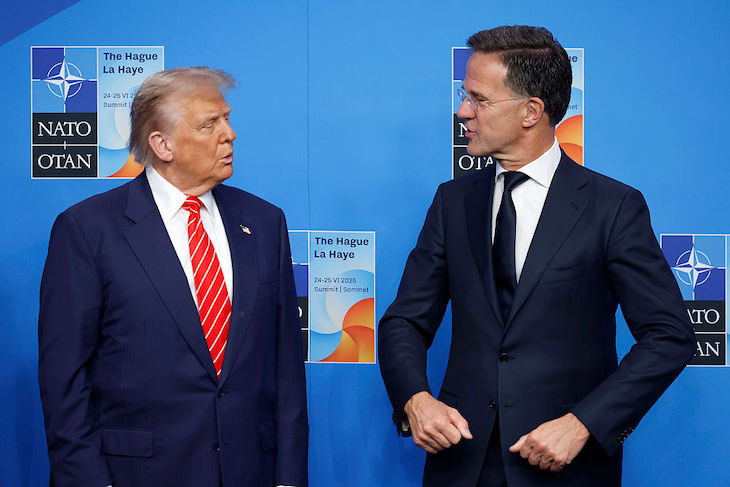Standing on the quayside beside the River Rhine, gazing at the happy teenagers swimming in the dark water down below, I wonder where the last forty years have gone. Forty years ago, I was one of those teenage swimmers, swept along by the fierce current through the center of this ancient city. Now, half a lifetime later, I’m one of the watchers on the shore. No matter. Switzerland’s most stylish city is always full of interest, whether you’re a participant or a spectator, and this week it plays host to the most prestigious art fair in the world.
On the face of it, Art Basel sounds like just another boring trade fair — posh art dealers selling pretentious artworks to filthy rich collectors — but there’s more to it than that. Unlike a lot of other art fairs, Art Basel is the focal point for all sorts of activities around town, from major shows in museums and galleries to pop-up exhibitions in its streets and parks. Art Basel is to art what the Edinburgh Festival is to theater. You can come here and have a good time without forking out for a ticket.
There’s also a lot more to Basel than Art Basel, and after the crowds depart next week is, in some respects, the best time to come: you’ll certainly find it far easier to book a hotel or a restaurant. The Kunstmuseum, one of Europe’s finest art galleries, is open all year round, and so is Fondation Beyeler, the most popular art gallery in all of Switzerland — an airy, sunlit structure built by the renowned Italian architect Renzo Piano, in lush parkland near the city limits. However, the greatest artwork in Basel is the city itself.
Basel isn’t a major tourist attraction, mainly because it has neither lakes nor mountains. Hence it doesn’t suffer from the sort of mass tourism you find in Swiss cities like Lucerne, which has both. To my mind, that’s a blessing. You won’t be the only sightseer here (especially during Art Basel), but most visitors are individual travelers, which is always a good thing.
Lakes and mountains are ten a penny here in Switzerland. Basel has something far more unusual, and equally spectacular — a pole position on the Rhine, the continent’s first Autobahn. Ever since the Middle Ages, this mighty river has connected Basel with the rest of Europe, making it far more cosmopolitan than bigger Swiss cities like Zurich and Geneva. It’s still an international thoroughfare. Huge barges chug past, bound for Strasbourg and Cologne.
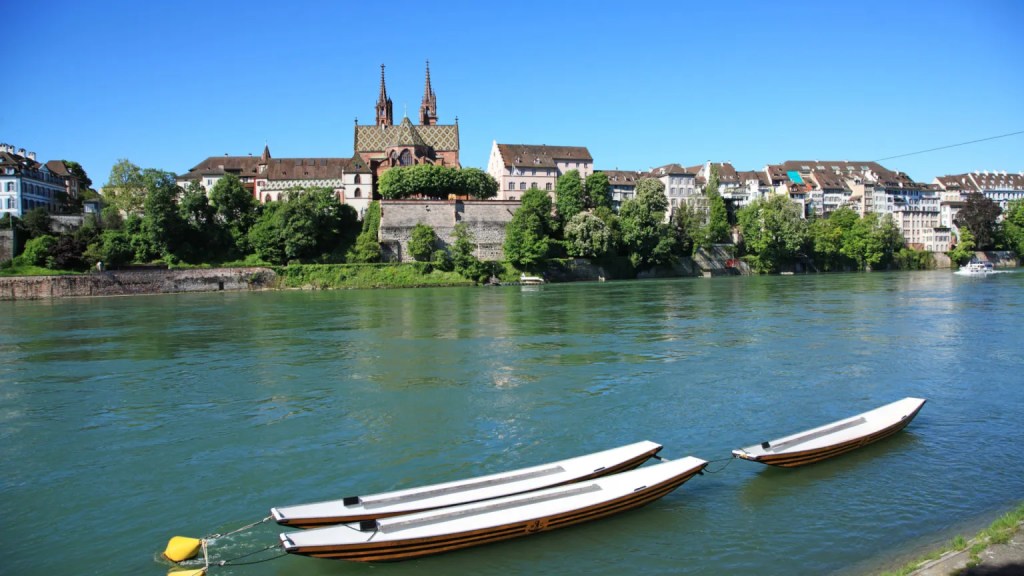
Another reason for Basel’s internationalism is its proximity to France and Germany, both so close that you can actually walk from the city center into either country. This is more than just a novelty, it’s also very convenient. You can arrive on an SNCF train from France and depart on a Deutsche Bahn train to Germany. From Fondation Beyeler, you can stroll across the frontier to the Vitra design museum, in the German border town of Weil am Rhein.
The antique Altstadt, on the west bank, attracts the most visitors, but Kleinbasel, on the east bank, is a lot more lively. Check out Hotel Krafft or Volkshaus — both great places to eat and stay. Hotel Krafft is an elegant townhouse with a stylish restaurant, right on the waterfront. Volkshaus used to be an old-fashioned bierkeller, until it got a chic makeover from Swiss starchitects Herzog & de Meuron, who are based in Basel. Both places attract a lot of international guests, but they’re very popular with locals too.
If both these hotels are full, the Pullman Basel on Clarastrasse is a useful standby. It’s a bland modern business hotel and once you’re inside you could be anywhere but it’s quiet and comfy and Clarastrasse has good bars and restaurants — most notably Klara, an indoor market which serves all sorts of street food. If you’re spending someone else’s money, Les Trois Rois is the go-to grand hotel. For classic Swiss cuisine head for Löwenzorn, a medieval landmark in the Altstadt. Its leafy biergarten is a pleasant rendezvous.
Of course, the ruinous exchange rate has a sobering effect on any trip to Switzerland. Whether you’re here for work or leisure, there’s no escaping the hideous strength of the Swiss Franc. When I first came here, 40 years ago, a pound sterling bought you three Swiss francs. Today it’s fast approaching one-for-one. Whatever you do, that’s bound to leave you a lot worse off.
Still, not everything here is ruinously expensive. Most mid-range hotels bear comparison with equivalent places in London. Public transport is good value, and extremely efficient. If you’re staying in a hotel in Basel, you get a travel pass for local trams and buses thrown in. Wine is overpriced, but beer is affordable, and great quality. Restaurants are pricey but supermarkets are reasonable. If you’re on a budget, stock up at Migros, the Swiss supermarket chain.
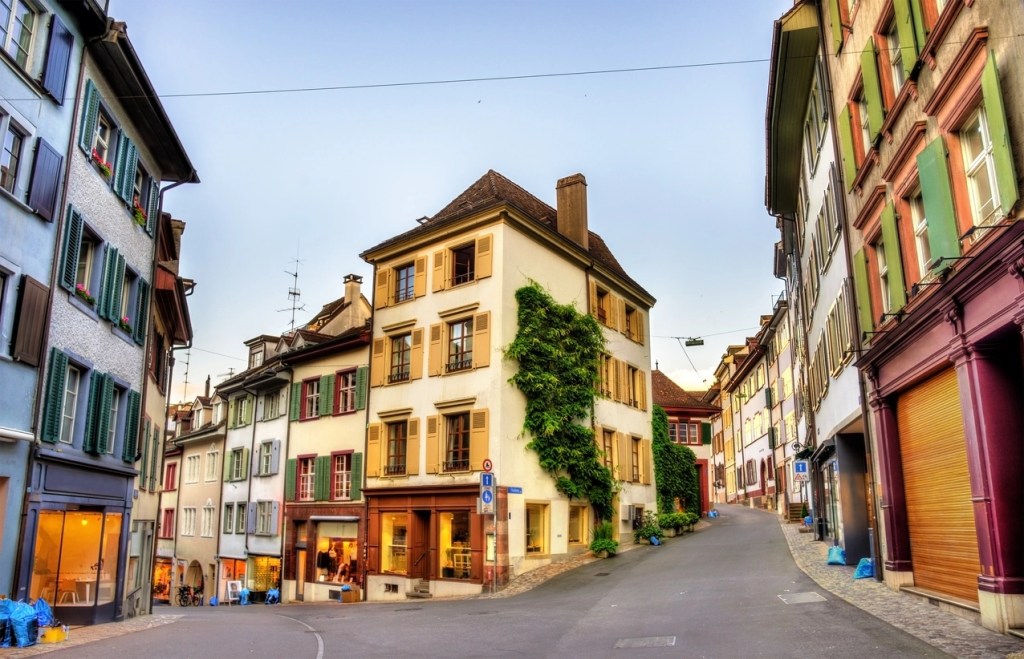
However, the nicest thing to do in Basel is to simply wander round, and that costs nothing. Clanking trams crisscross the city. It’s fun to hop onto one at random and see where you end up. Erasmus of Rotterdam made his home here and published many of his most influential works here. His portrait, by Hans Holbein, hangs in the Kunstmuseum, his nose buried in a book. He’s buried in Basel’s Romanesque Minster, on a hilltop high above the Rhine.
Like a lot of Britons of my generation, I didn’t go abroad until I was 18. Basel was the first European city that I went to. A schoolfriend was housesitting for a Swiss family, looking after their dog while they went on holiday. The house was nothing special by Swiss standards, but to me it seemed luxurious. It had an underground garage! It was the first time I’d seen MTV! When Doves Cry by Prince was the soundtrack of that special summer. I’m not a big fan of Prince, but that song always makes me shiver. Tempus fugit — time flies.
I guess this makes me a bit biased towards Basel, but I’ve met plenty of other folk who like it here, and I think you’ll like it too. If you’re here for culture it’s like nowhere else — a city with 175,000 inhabitants, about the same size as Warrington, and dozens of first-class museums. However, for me it’s those Rhine swimmers that sum up the spirit of Basel. The only time I tried it, I found it exhilarating and slightly terrifying, but everyone told me it was completely safe — and if you’re allowed to do it in Switzerland, I suppose it must be OK. High time I stripped off again and gave it another go.
Art Basel (www.artbasel.com) runs from June 15th to 18th 2023. For more information about Basel, visit www.basel.com or www.myswitzerland.com
This article was originally published in The Spectator’s UK magazine. Subscribe to the World edition here.









